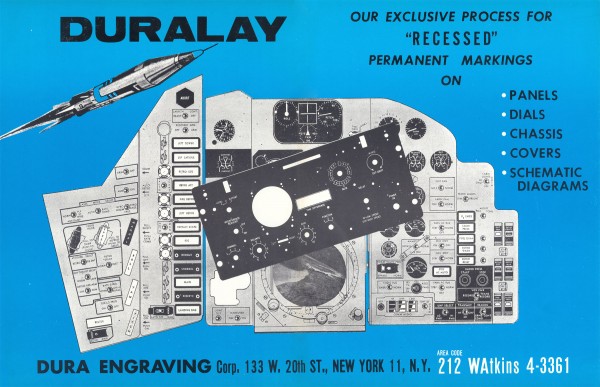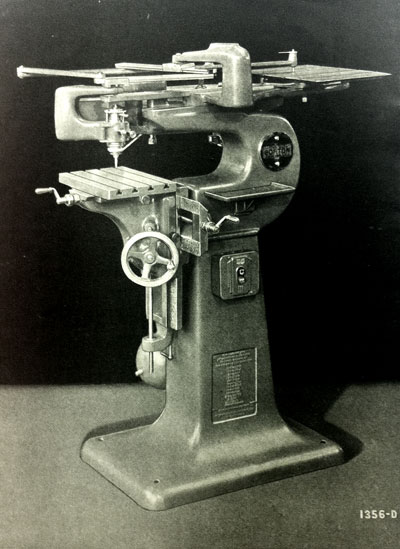DURA – The Early Years 1950-1970
Dura Architectural Signage began business in 1955 as Dura Engraving Corp. specializing in mechanical engraving of dials, scales, panels and calipers for federal and commercial projects.
Jack Forst, a European immigrant, holocaust survivor and self taught mechanical engineer, along with his partner Milton Berger, owned the 20-employee company. By 1970 Jack had bought out his partner and became the sole proprietor.
Dura’s employees always joked that Jack’s machines “spoke” to him as he had the uncanny ability to diagnose problems merely by listening to and watching the machines operate. He could strip down any production machine to its bare components in a matter of minutes after which he’d sit down at the lathe or milling machine and manufacture the replacement parts himself until the rebuilt units were almost indistinguishable from the new ones. Even today, nearly 60 years later, Dura owns one of the original engraving machines. It is still in good running condition.
Jack was also that rare breed of employer who not only listened to his employees but often helped them out in their personal lives thru loans or gifts if they encountered financial or family difficulties. Most of his employees were immigrants as well hailing from Haiti, Jamaica, the Dominican Republic, Eastern Europe, Guiana, Puerto Rico and Mexico. The company functioned more as a family than a business and everyone worked together harmoniously for the betterment of all. As a child, Jack had endured numerous hardships and at the age of 13 he was forced to become the sole provider for his mother, younger brother and two sisters following the murder of his father. As a result Jack sympathized with those less fortunate than him and exuded unusual compassion, respect and understanding. Referred to lovingly as “The Rabbi”, he was never too busy to lend an ear or offer advice.
In those early years Dura operated out of a 6 story loft building on West 20th street in New York City, between 6th and 7th Avenues, surrounded by numerous other small and midsize manufacturers. Like most loft buildings at the time, the temperature was always too hot in the summer, too cold in the winter and the wood floors sloped downward 2 feet from one side of the loft to the other. But in spite of all that, the shop and offices were clean, airy, neat and orderly.
The main work-horse of the Dura’s manufacturing prowess was the large refrigerator size engraving machines used to etch and engrave the myriad products that Dura produced. These mechanically, hand operated Gorton 3U engravers utilized a mechanical offset arm to trace the inline and outline of blocks of letters or markings, called Copy Plates, which in turn transferred those movements to a rotating cutter that engraved the appropriate letters, digits and markings onto metal or plastic substrates.
Jobs were typically 6-12 unique units at a time at which point the setup was broken down and a new job was started. In addition to the engraving operators there were fillers, screeners, grinders, cutters, painters, quality inspectors and shippers.
In the office, two secretaries typed up all invoices by hand and in triplicate using inked carbon paper and then the invoices were hand stamped, hand addressed and mailed out to customers. Arriving mail was eagerly opened, inspected and sorted and a trip to Manufacturer’s Hanover Trust Company Bank to deposit payments from customers was always a momentous occasion. All this was pre computers and pre fax machines. Copiers would not come into vogue until 1959, telephones were rotary dial and the bookkeeping machine that tracked credits and debits was a mechanical hand operation as well. And though Dura thrived as a small manufacturer, during the next 20 years technology would turn the entire engraving field on its end and Dura would begin the gradual process of incorporating technology into its daily operations while diversifying into related areas.
May 22




